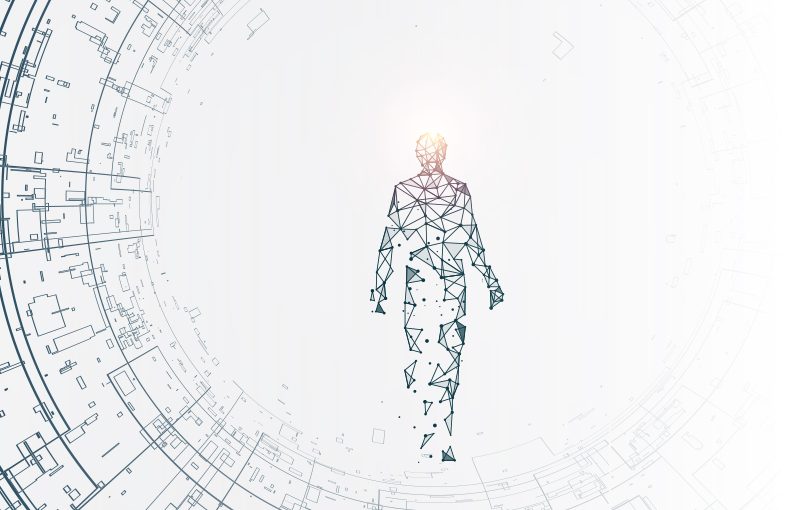
Police officers today have never been more accountable than they are now. Their actions are often recorded on smartphones or CCTV cameras. Complete transparency and full and frank disclosure are the expectation rather than the exception to the rule. Split-second decisions can be cross-examined for weeks in a court of law, with serious jeopardy in store for those who cross the line, intentionally or otherwise.
The growing use of body-worn video and the in- creased thoroughness of police documentation serve as much as safeguards against unwarranted criticism as they represent good police work. But the lack of innovation in the field of records management systems (RMS) and computer-aided dispatch (CAD) technology is a serious problem, impeding further advances in various aspects of video storage and data retrieval.
From a technological point of view, the antiquated architecture of current records management systems resembles an electronic filing cabinet stuffed full of overlapping entities with data that require manual updates. To make matters worse, search functionality is limited to a few basic fields such as name, address, and case file number. Data entry is time consuming and prone to user error. Some police agencies have even resorted to employing data entry clerks to file reports over the phone in order to help to keep police officers on the road, but this type of 1950s thinking is merely a stopgap measure.


